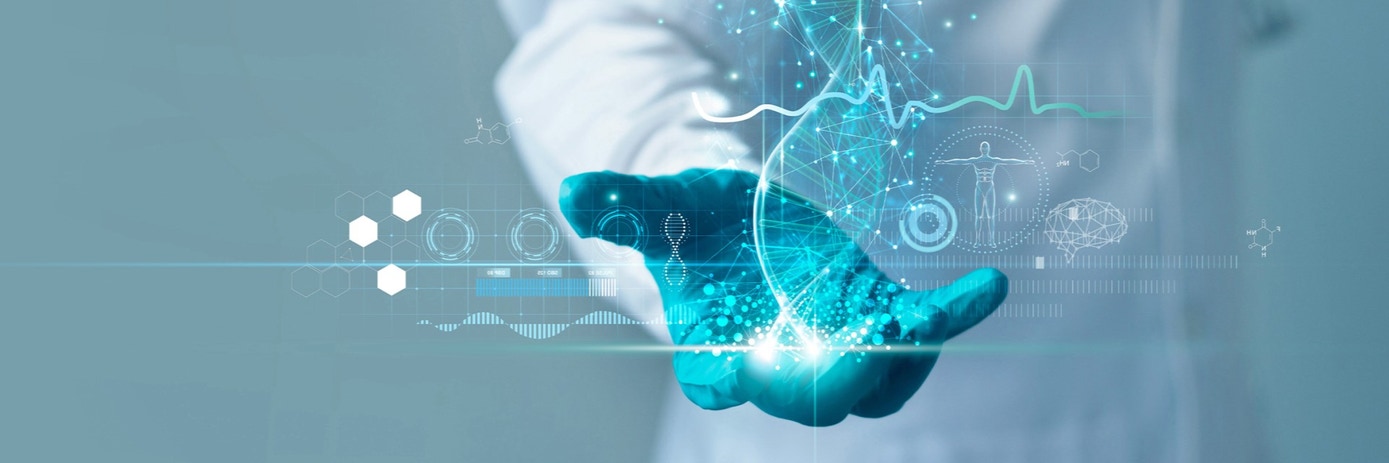
The biotech and biopharma industries are experiencing rapid evolution, fuelled by groundbreaking trends and innovations discussed at recent conferences. From advancements in gene editing to the integration of artificial intelligence (AI) and machine learning (ML) in manufacturing, the future of these sectors appears dynamic and full of potential.
Here we look at the notable themes emerging from recent Bioprocessing Summit (BPS) and Bioprocess International (BPI) conferences, highlighting how new technologies and methodologies are transforming the landscape, addressing key challenges, and underscoring the sustainability imperative.


Our booths featured Ph.Ds., Field Application Specialists – and a distinctive guest!
Fast-tracking discovery to First-in-Human (FIH) trials
The need for speed is more pressing than ever, as companies strive to bring effective therapies to market quickly. So, it is no surprise that one of the primary discussions at the conferences revolved around the necessity of accelerating the timeline from discovery to FIH trials. One innovative approach highlighted by companies at BPS was the use of transposon vectors. Transposon technology offers a streamlined process for creating stable expression systems, enabling companies to start replacing some transient workflows in discovery and lead optimization. This transition not only improves the reliability of products but also minimizes variabilities from discovery to cell line development (CLD).
Transposon technology stands out for its simplicity and speed. By allowing researchers to assess molecules at the pool level, it becomes possible to identify candidates with optimal configurations early in the process.
This capability is crucial in advancing the best candidates efficiently, thus reducing the time to FIH trials.
The role of AI and ML in bioprocessing
As bioprocessing techniques evolve, AI and ML are becoming integral to the manufacturing process and product development. The application of these technologies to enhance efficiency and accuracy was highlighted in BPS by some companies in several areas:
- Drug discovery and design: Integrating AI into drug discovery workflows allows researchers to virtually design drug molecules and gain a better understanding of their properties. By leveraging domain-specific AI models on accelerated computing platforms, research organisations can improve the productivity in drug discovery by reducing costs and timelines to identify optimal molecule structures.
- Manufacturing process optimization: The use of AI to analyze vast datasets generated during biomanufacturing to identify patterns and optimize processes in real-time. AI/ML can be used to predict the best process paraments such as temperature, pH, media composition, which are keys to increase titer and yield.
The potential for AI and ML to disrupt traditional manufacturing paradigms was a significant takeaway from the conferences, suggesting that companies investing in these technologies will be at the forefront of the industry's evolution over the next five years.
Preparing for emerging areas: Gene editing and continuous manufacturing
Biotech companies, including those represented at the conferences, are increasingly preparing to support emerging areas such as gene editing and complex molecule production. Continuous manufacturing was a key theme, particularly highlighted in a few insightful presentations. Here are some strategies discussed:
- Single Use Processing (SUP): This method reduces cross-contamination and improves efficiency, making it easier for companies to scale up processes without the need for extensive cleaning protocols.
- Modular manufacturing: Modular systems allow for flexibility and adaptability in production, making it easier to respond to changing market demands or to pivot in research directions.
- Enhanced expression vectors and cell lines: The application of gene editing technologies to engineer new and better host cell lines is crucial for supporting innovative manufacturing processes, such as continuous manufacturing. These advancements help to increase productivity and reduce lead times.
By leveraging these strategies, biotech companies can position themselves to meet the demands of a rapidly changing landscape.
Balancing Cost of Goods Sold (COGs) with sustainability
The drive for lower COGs in biopharma often raises concerns about sustainability. The industry has traditionally been viewed as non-green, but there is a growing emphasis on incorporating sustainable practices. Balancing these two priorities presents challenges but also opportunities for innovation. Here are some strategies discussed:
- Green chemistry: Implementing environmentally friendly reagents and processes can help reduce the carbon footprint of biopharmaceutical production.
- Waste minimization: Employing processes that minimize waste generation will not only lower costs but also enhance sustainability. Continuous manufacturing techniques, for example, can lead to reduced waste compared to batch processes.
- Energy efficiency: Investing in energy-efficient technologies can mitigate operational costs and contribute to a greener production footprint.
Conclusion: The path forward
Insights gained from the conferences illuminate a promising future for the biotech and biopharma sectors. As we move forward, the integration of innovative technologies like transposon vectors, AI, and continuous manufacturing will be crucial in addressing both the speed of development and the complexity of modern therapeutics.
The next few years will undoubtedly be transformative, and those who stay ahead of the curve will be well-positioned to lead the charge into the future of biotech and biopharma.
For research use only. Not for use in diagnostic procedures.

































